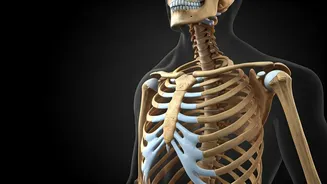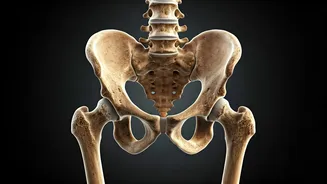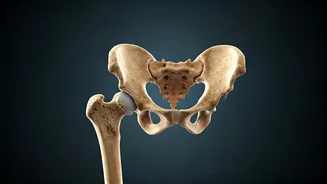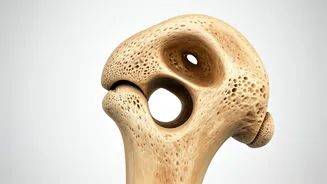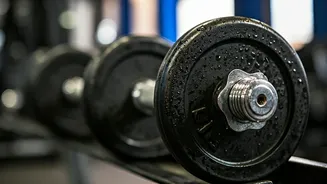Embrace Weight-Bearing Exercise
Weight-bearing exercises are pivotal for bone health. These activities, which involve working against gravity, stimulate bone cells to build and maintain
density. Walking, jogging, dancing, and stair climbing are excellent examples. When you engage in these exercises, your bones adapt to the stress by becoming stronger and more resilient. Start slowly and gradually increase the intensity and duration of your workouts to prevent injuries. Incorporate a variety of weight-bearing exercises to target different areas of your body, ensuring comprehensive bone strengthening. Make it a regular part of your fitness regime for optimal results. Additionally, consider resistance training, such as lifting weights, as it provides an even greater stimulus for bone growth by adding resistance.
Prioritize Strength Training
Strength training, also known as resistance training, complements weight-bearing exercises by further boosting bone health. This type of exercise involves using weights, resistance bands, or your own body weight to challenge your muscles. As your muscles contract and pull on your bones during strength training, they stimulate bone cells to increase bone density. Incorporate exercises like squats, lunges, push-ups, and rows into your routine. Start with lighter weights or fewer repetitions and gradually increase the intensity as you get stronger. It's crucial to use the correct form to avoid injuries and maximize the benefits. Aim for at least two to three strength training sessions per week. Remember, it is best to consult with a fitness professional to design a personalized strength training program that meets your specific needs and goals.
Adequate Calcium Intake Essential
Calcium is a fundamental building block of bones, making it critical for bone health. Ensuring you get enough calcium in your diet is essential. Dairy products like milk, yogurt, and cheese are excellent sources of calcium. If you're lactose intolerant or prefer non-dairy options, consider calcium-fortified plant-based milk, such as almond or soy milk. Leafy green vegetables like kale and spinach also provide calcium. Supplementation may be necessary if dietary intake isn't sufficient; consult your doctor to determine the appropriate dosage. The amount of calcium you need can vary based on your age and health status. Aim for the recommended daily intake to keep your bones strong and healthy. Combining calcium-rich foods with vitamin D enhances calcium absorption, so consider foods that are rich in both nutrients.
Maintain Vitamin D Levels
Vitamin D plays a key role in calcium absorption, making it another vital nutrient for bone health. Your body produces vitamin D when exposed to sunlight, but dietary intake and supplementation can also help. Fatty fish like salmon, tuna, and mackerel are rich in vitamin D. You can also find vitamin D in fortified foods like milk and cereals. Spend some time outdoors in the sun to help your body produce vitamin D naturally, but always protect your skin from overexposure. Supplementation may be needed to achieve optimal vitamin D levels, especially if you live in a climate with limited sunlight or have dietary restrictions. The amount of vitamin D you need varies; consult your healthcare provider to check your levels and determine the appropriate supplementation.
Bone-Supporting Lifestyle Choices
Lifestyle choices greatly influence your bone health. Avoid excessive alcohol consumption, as it can interfere with calcium absorption and bone formation. Refrain from smoking, as it negatively affects bone density and increases the risk of fractures. Maintain a healthy weight; being underweight can weaken bones, while excessive weight can strain them. Get regular check-ups with your doctor and discuss any concerns about your bone health. Consider bone density screenings as recommended by your healthcare provider, particularly as you age. Creating a healthy lifestyle that includes proper nutrition, regular exercise, and avoiding harmful habits will support bone strength and enhance overall wellness. Following these practices helps build and maintain a strong skeletal system.
